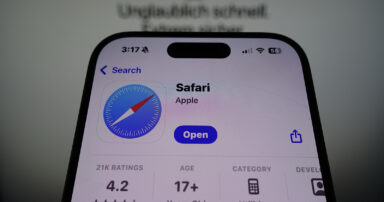NHTSA Investigates Tesla's Robotaxi Safety
The National Highway Traffic Safety Administration (NHTSA) is scrutinizing Tesla's upcoming robotaxi service in Austin, Texas. The agency sent Tesla a detailed list of questions regarding the safety and functionality of its Full Self-Driving (FSD) software, particularly in challenging visibility conditions.
Focus on FSD and Low-Visibility Performance
The NHTSA's Office of Defects Investigation seeks to understand how Tesla plans to evaluate its autonomous driving technology for public roads. This inquiry comes amid an ongoing investigation into FSD's performance in low-visibility situations like sun glare, fog, and rain.
Tesla's robotaxi plans, announced via an April 23rd post on X (formerly Twitter), involve a paid ride-hailing service using Tesla vehicles equipped with FSD. The post detailed over 1,500 trips and 15,000 miles driven as part of an early employee program in Austin and the San Francisco Bay Area.
FSD Supervised ride-hailing service is live for an early set of employees in Austin & San Francisco Bay Area. We’ve completed over 1.5k trips & 15k miles of driving. This service helps us develop & validate FSD networks, the mobile app, vehicle allocation, mission control & remote assistance operations.
The NHTSA's investigation, opened in October, followed reports of four crashes involving Tesla vehicles using FSD in low-visibility conditions. While FSD handles some driving tasks, it requires drivers to remain attentive and keep their hands on the wheel.
Key Questions for Tesla
The NHTSA's letter to Tesla includes specific questions about the robotaxi program, such as:
- The size and composition of the robotaxi fleet.
- Safety evaluation methods for the autonomous driving system.
- The relationship between the robotaxi system and the current FSD Supervised software.
- Strategies for ensuring safe operation in adverse weather and lighting conditions.
Tesla CEO Elon Musk has stated that the robotaxis will utilize an "unsupervised" version of FSD, which has yet to be released. The NHTSA's investigation aims to assess the safety and readiness of this technology for public deployment.








